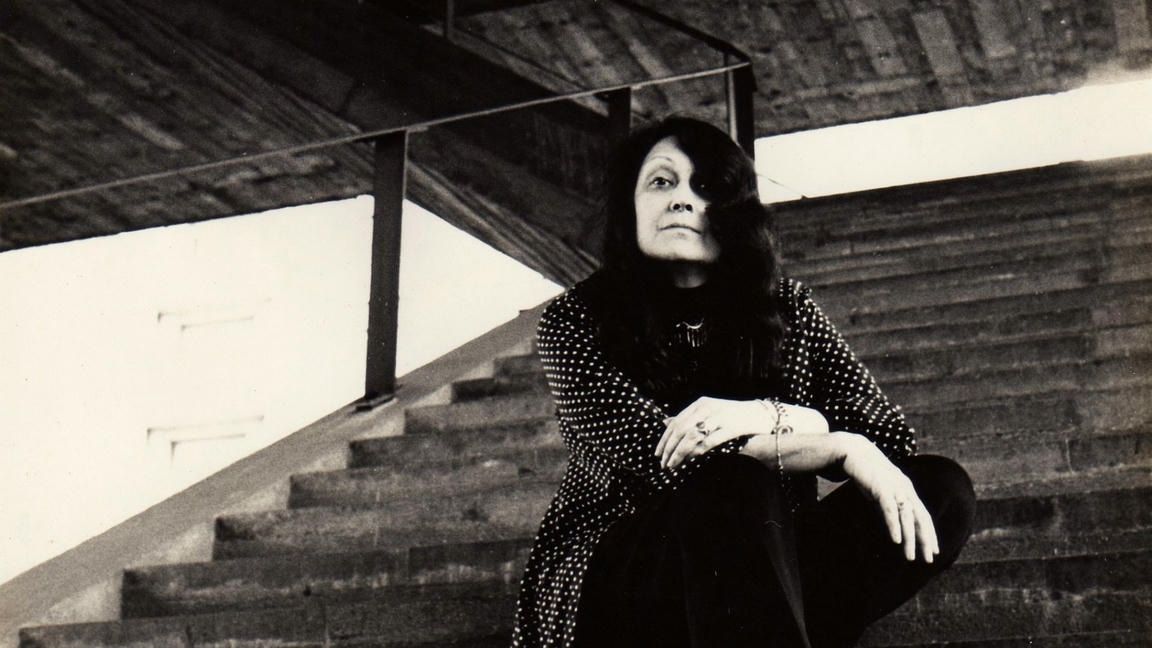Lina Bo Bardi
A biography
Lina Bo Bardi (1914—1992) was an Italian-born Brazilian architect, designer, critic, and activist. She earned a degree in architecture in 1939 at the University of Rome, after which she moved to Milan and began working as a design journalist. In 1944, she became deputy director of Domus, a magazine founded by Gio Ponti in 1928.
In 1946, Bo married Pietro Maria Bardi, and soon thereafter, the couple moved to São Paulo, Brazil, where her husband had been invited to establish the Museu de Arte de São Paulo (MASP), which opened in 1951. Bo Bardi designed the interiors and furniture for the museum, including folding stackable chairs that inaugurated her body of work as a furniture designer in Brazil. In 1948, Bo Bardi founded the design workshop and office Studio Palma, for which she and fellow Italian émigré Giancarlo Palanti designed several pieces of furniture that outfitted modernist interiors. The studio was active until around 1952. Still in 1950, the Bardis founded the magazine Habitat, which became highly influential in the art, design, and architecture world, and Bo Bardi served as its editor until 1953. In 1951, she also designed her home, known as Casa de Vidro (Glass House), and the Bowl Chair, arguably her most well-known furniture design.
In 1958, Bo Bardi began designing the new headquarters for MASP, which was completed in 1968 and is widely considered a brutalist icon. In the late 1950s, she began regularly visiting and working in Salvador, in northeastern Brazil, where gave several lectures and was invited to establish and run Bahia’s Museu de Arte Moderna da Bahia (MAM Bahia). During the 1960s and 1970s, Bo Bardi withdrew from most of her design work due to Brazil’s military dictatorship but remained active as a curator and writer.
By the 1980s, Bo Bardi resumed her practice, focusing on celebrating Brazilian so-called folk architecture and design. Bo Bardi led preservation projects in Salvador and designed the SESC Pompeia, which converted an old steel drum factory into a facility for sports, theater, and other cultural activities. She posthumously received the Golden Lion for Lifetime Achievement at the 2021 Venice Biennale, becoming the first woman to be honored for her architecture.
